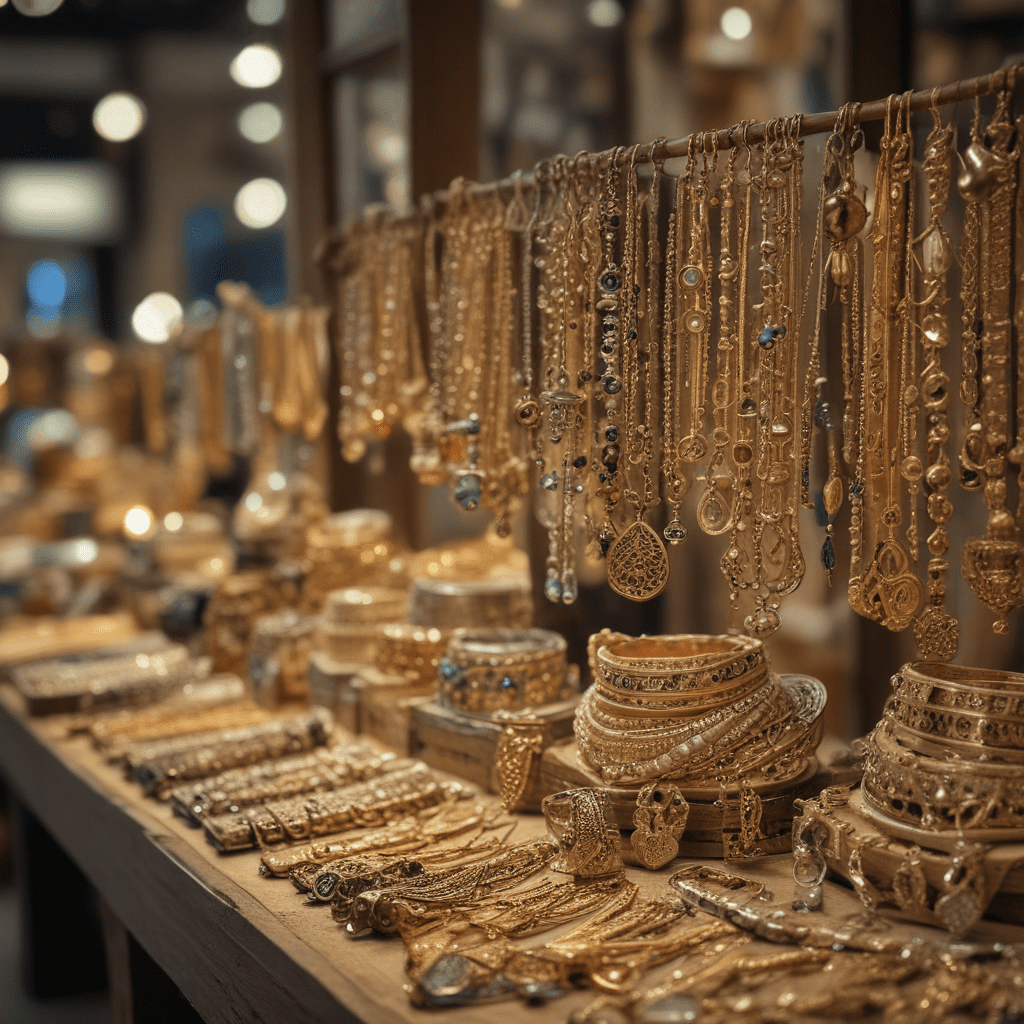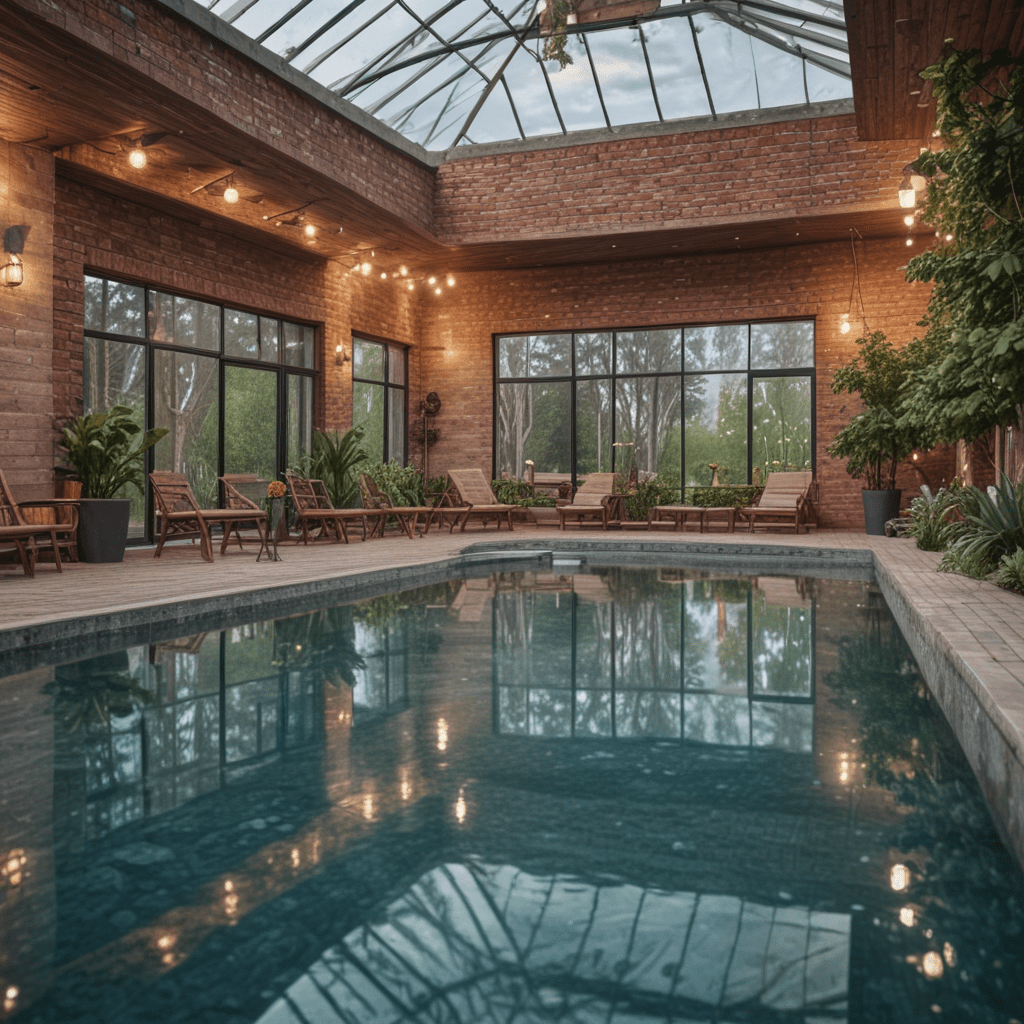
Bahrain's Traditional Jewelry and Metalwork: A Legacy of Art and Craftsmanship
Nestled in the heart of the Arabian Gulf, Bahrain boasts a rich heritage of traditional jewelry and metalwork that dates back centuries. This vibrant and intricate art form, meticulously handcrafted by skilled artisans, serves not only as a symbol of beauty and adornment but also as an expression of the country's cultural and historical identity.
History and Origins
The origins of Bahrain's traditional jewelry can be traced back to ancient civilizations that thrived in the region, including the Dilmun civilization and the Phoenicians, who were renowned for their maritime prowess and trading networks. Over time, the country became a crossroads of cultural influences and techniques as merchants, artisans, and travelers converged in its bustling marketplaces, bringing with them a diverse array of artistic styles and motifs that blended harmoniously with local craftsmanship.
Types of Traditional Jewelry
Bahraini jewelry encompasses an exquisite array of styles and designs that cater to various preferences and tastes. The most widely known and iconic types include:
Silver filigree jewelry: Filigree, a delicate and elaborate form of metalwork characterized by intricate interwoven threads of silver wire, is a hallmark of Bahraini jewelry. Artisans meticulously shape and solder tiny silver threads to create intricate patterns, showcasing their exceptional precision and skill.
Gold jewelry: Gold, a symbol of wealth and prosperity, is intricately crafted to create a wide variety of pieces, from necklaces and bracelets to earrings and rings. Bahraini gold jewelry is often set with precious and semi-precious gemstones such as pearls, diamonds, and emeralds, adding a touch of opulence and elegance.
Pearl jewelry: Bahrain is renowned as a center of the pearl trade and industry. Pearl jewelry is an integral part of the country's traditional adornments, with pearls of various shapes and sizes strung or woven into exquisite pieces, capturing the essence of the sea and reflecting its rich marine heritage.
VI. Master Craftsmen and Families
Bahrain's traditional jewelry and metalwork are often passed down through generations, with families specializing in particular techniques and designs. Master craftsmen have honed their skills over decades, developing an intuitive understanding of the materials and processes involved. Their works are highly prized for their intricate craftsmanship and timeless beauty. These artisans play a vital role in preserving and perpetuating the country's rich cultural heritage.
VII. Government Support and Initiatives
The Bahraini government recognizes the importance of preserving and promoting its traditional crafts. Cultural preservation efforts include initiatives such as workshops, training programs, and exhibitions to support and empower local artisans. These initiatives aim to ensure that the skills and knowledge associated with traditional jewelry and metalwork continue to be passed down to future generations.
VIII. Economic and Social Impact
Bahrain's traditional jewelry and metalwork industry contributes significantly to the country's economy. The sale of these handcrafted pieces attracts tourists and supports local businesses. Furthermore, the industry empowers local artisans, providing them with a source of income and enabling them to showcase their skills and creativity.
IX. Contemporary Jewelry and Metalwork
While traditional designs remain highly valued, contemporary Bahraini jewelry and metalwork artists are also pushing the boundaries of the art form. They incorporate modern interpretations and innovations, experimenting with new materials and techniques. Collaborations with international designers have also led to a cross-pollination of ideas and styles, resulting in unique and captivating pieces that fuse tradition with modernity.
X. Future Prospects and Challenges
The future of Bahrain's traditional jewelry and metalwork lies in balancing sustainability and preserving traditions while adapting to changing market demands. Promoting sustainable practices and sourcing materials responsibly are crucial for the industry's long-term viability. Additionally, artisans must continue to innovate and adapt to meet the evolving tastes and preferences of customers. By embracing these challenges, the industry can ensure its continued success and preserve its cultural significance for generations to come.
FAQs
Q: What are some of the most popular traditional jewelry designs in Bahrain?
A: Filigree jewelry featuring intricate silver threads, gold jewelry adorned with gemstones, and pearl jewelry showcasing the country's marine heritage are widely popular.
Q: How is filigree jewelry made?
A: Filigree involves meticulously shaping and soldering tiny silver threads to create delicate and intricate patterns, showcasing the artisan's exceptional precision and skill.
Q: What is the significance of pearl jewelry in Bahrain?
A: Bahrain has a rich history as a center of the pearl trade and industry, making pearl jewelry an integral part of its traditional adornments, capturing the essence of the sea and reflecting the country's marine heritage.
Q: How does the government support traditional jewelry and metalwork in Bahrain?
A: The Bahraini government recognizes the importance of preserving its cultural heritage and supports traditional crafts through initiatives such as workshops, training programs, and exhibitions, ensuring the skills and knowledge are passed down to future generations.
Q: Is traditional jewelry and metalwork still relevant in contemporary Bahrain?
A: While traditional designs remain highly valued, contemporary Bahraini jewelry and metalwork artists are also pushing the boundaries, incorporating modern interpretations and innovations to create unique and captivating pieces that fuse tradition with modernity.


